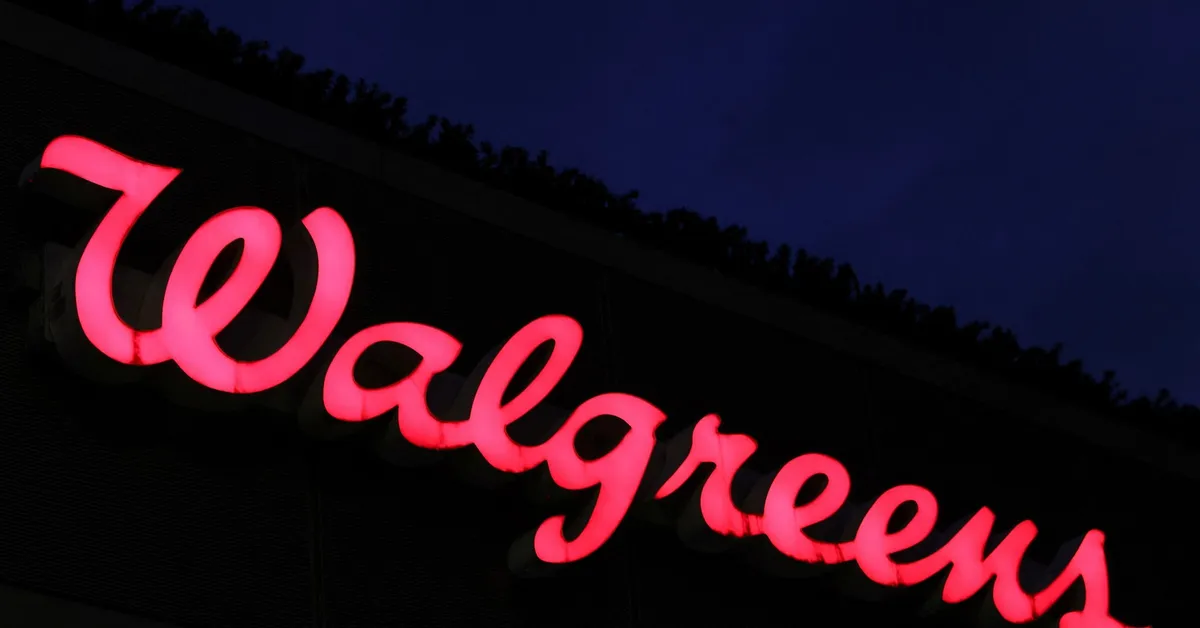
Walgreens has a rich history marked by significant milestones that have shaped the company's trajectory in the pharmacy and retail sectors. Below, we present a detailed timeline of key events in Walgreens' history, highlighting its rise, challenges, and strategic decisions.
1901: Charles R. Walgreen Sr. purchased the Chicago drugstore where he worked as a pharmacist, marking the inception of the Walgreens chain. This pivotal decision laid the foundation for what would become a household name in the pharmacy industry.
1909: The second Walgreens store opened, showcasing the early growth of the brand. This expansion was crucial in establishing Walgreens as a competitive player in the market.
1926: Walgreens celebrated the opening of its 100th store in Chicago, a milestone that underscored its growing popularity and market presence.
1927: Walgreens took a significant step forward by going public, allowing investors to buy shares in the burgeoning company and facilitating further expansion.
1950: The company innovated by building self-service stores, transitioning away from clerk-service formats in the Midwest. This move was instrumental in enhancing customer experience and operational efficiency.
1975: Walgreens reached a significant financial landmark by achieving $1 billion in sales. This accomplishment indicated the brand's strong market position and consumer trust.
1984: The chain opened its 1,000th store in Chicago, reinforcing its status as a major player in the retail pharmacy sector.
1999: Walgreens embraced the digital age by launching its online pharmacy, expanding its reach and accessibility for customers.
2009: The company marked a major milestone by opening its first store in Alaska, completing its presence in all 50 states of the United States, which highlighted its nationwide footprint.
2014: Walgreens completed a merger with health and beauty retailer Alliance Boots, creating Walgreens Boots Alliance. This strategic move aimed to enhance its global presence and operational capabilities.
2016: The company entered into partnerships with key pharmacy benefit managers such as Express Scripts and OptumRx, as well as insurer UnitedHealthcare, which helped to streamline its services and improve customer access.
2017: Walgreens attempted to acquire Rite Aid but ultimately scrapped the deal after failing to secure antitrust approval. Instead, it opted to purchase nearly half of Rite Aid's U.S. stores, demonstrating its commitment to growth despite regulatory challenges.
2018: The company faced challenges with weak retail sales, experiencing its biggest intraday percentage loss in over two years. This raised concerns regarding the effectiveness of its Rite Aid acquisition strategy.
2019: Walgreens explored the possibility of going private, engaging in preliminary discussions with some of the world's largest private equity firms. This move indicated the company's strategic reevaluation in light of market pressures.
2022: The company initiated a strategic review of its U.K.-based Boots business, aiming to streamline operations and enhance profitability.
2023: In October, Walgreens appointed Tim Wentworth as its CEO, hoping his extensive experience in the healthcare industry would help rejuvenate the company's lagging stock price and address recent profit declines. As part of ongoing efforts, Walgreens also targeted $1 billion in cost-cutting measures for 2024, including the closure of unprofitable stores.
2024: In January, Walgreens nearly halved its dividend payout to conserve cash amidst low consumer spending and fierce competition, resulting in a loss of over $2 billion in market capitalization. Reports from major news outlets indicated that Walgreens was in discussions to sell itself to private equity firm Sycamore Partners.
2025: Walgreens finalized a deal to be taken private by Sycamore Partners for $10 billion in March, marking a significant shift in the company's ownership structure and future direction.
This timeline encapsulates the evolution of Walgreens as a company, reflecting both its triumphs and challenges in the competitive retail and pharmacy landscape.